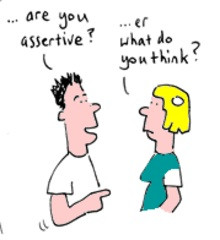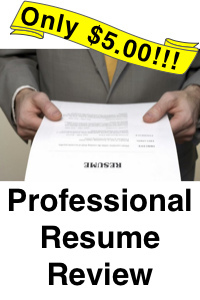Oddly, the English language does not give us a word for what is known as a job summary. Instead, British English uses the Latin, curriculum vitae, while American English typically uses the French, resume, to describe what essentially has the same meaning. Whatever you call it, your CV or resume should include several sections or essential parts to your career summary.
The following are some tips on what an executive CV should look like with 6 Resume or Curriculum Vitae Tips:
1. Personal Information — The first line of your resume should feature your name in large, bold letters. Use caps if desired. Following that, your mailing contact information and phone numbers should by offered. Make it easy for employers to find you by listing your home, office and cell phones. The third line should include our email address followed by your website address, if applicable. Separate the first and second sections with a bold, horizontal line.
2. Desired Job — The second section should feature words that are nearly as tall and as bold as the first section. Here, you will offer your job title such as: Secondary Education Instructor. On the next line include a tag such as “Experienced educator desires to provide instruction to your students.” Separate the second and third sections with a bold, horizontal line.
3. Professional Profile — You are at the point in your CV where you need to highlight four or five attributes that tell readers what your do. Bullet point your title, your career experience, the goals that you have achieved and the projects you have accomplished. In the example of the instructor, you will mention your title, your education background, your experience working with students, some of the goals you have achieved and the outcomes that were gained.
4. Areas of Expertise — Think “keywords” or phrases here. This section is two or three columns of additional bulleted information about what you know. Think of every keyword that relates to your industry and, if applicable, use these here. For the teacher you might say: secondary school instructor, special education teacher, honors instruction, one-on one-tutor, test plans, education systems and the like. Consider using your top 20 keyword phrases here. Why? Because CVs are often automatically scanned and stored, and your keyword choices will influence whether your résumé is read or not. Do not stuff your CV with keywords, but do make use of them.
5. Professional Experience — You are now at the meat of your CV, the place where you tell readers what jobs you have held including the companies you have worked for. Each subsection should the job title followed by the company’s name, location and your employment dates. At this point, you will need to consider two or three points about your job that readers should know including your daily tasks, your projects, goals, accomplishments and promotions or awards. List every related position that you have held for the best 10 years. If there are gaps in your CV, you can explain these in your cover letter.
6. Education and Training — Potential employers want to know what training and education experience you have that qualifies you for a position. List each achievement by mentioning your particular degree, the college or university and its location. Leave out graduation dates as this information can tip your age off to employers. Also use this section to highlight specific training courses that you took that are related to your career.
CV Information
The habit of writing, “references furnished upon request” to end your CV has fallen out of favor in recent years. That’s assumed and something you can provide on a separate sheet of paper. Always use high quality and matching paper and envelopes when sending out your résumé by postal mail. For email, format your copy in both *pdf and *doc formats, sending both with the email itself serving as your cover letter.
Lisa Tomkinson is a writer for CV Insight, a leading provider of background checks and pre employment screening services for companies in the UK.
For more career tips, check out these posts:
 Social Media and Employment |
 Stop Auditioning for Jobs! |
|---|
| Join Us On Twitter: |
|---|
 |
|---|
| Like Us On Facebook: |
|---|
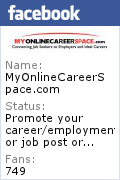 |
|---|


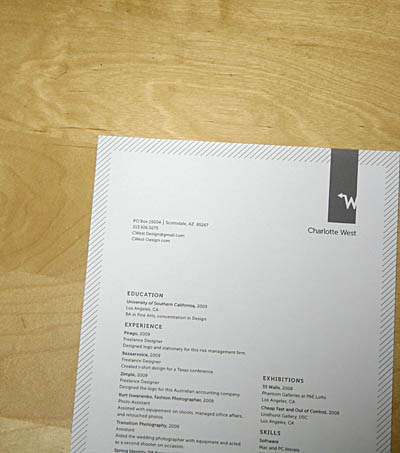




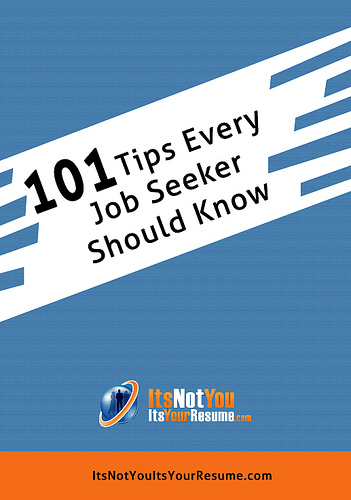



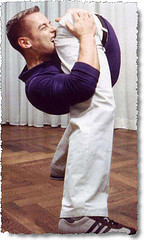
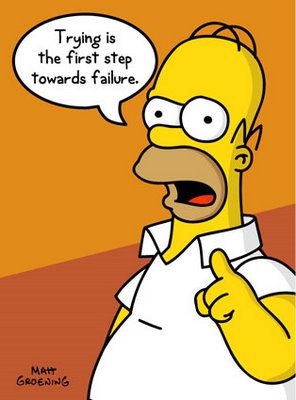

![Higher Learning Leads to Higher Earnings, Especially for Men [InfoGraphic] Higher Learning Leads to Higher Earnings, Especially for Men [InfoGraphic]](../4022/4340939642_374fbff6e3_m.jpg)

